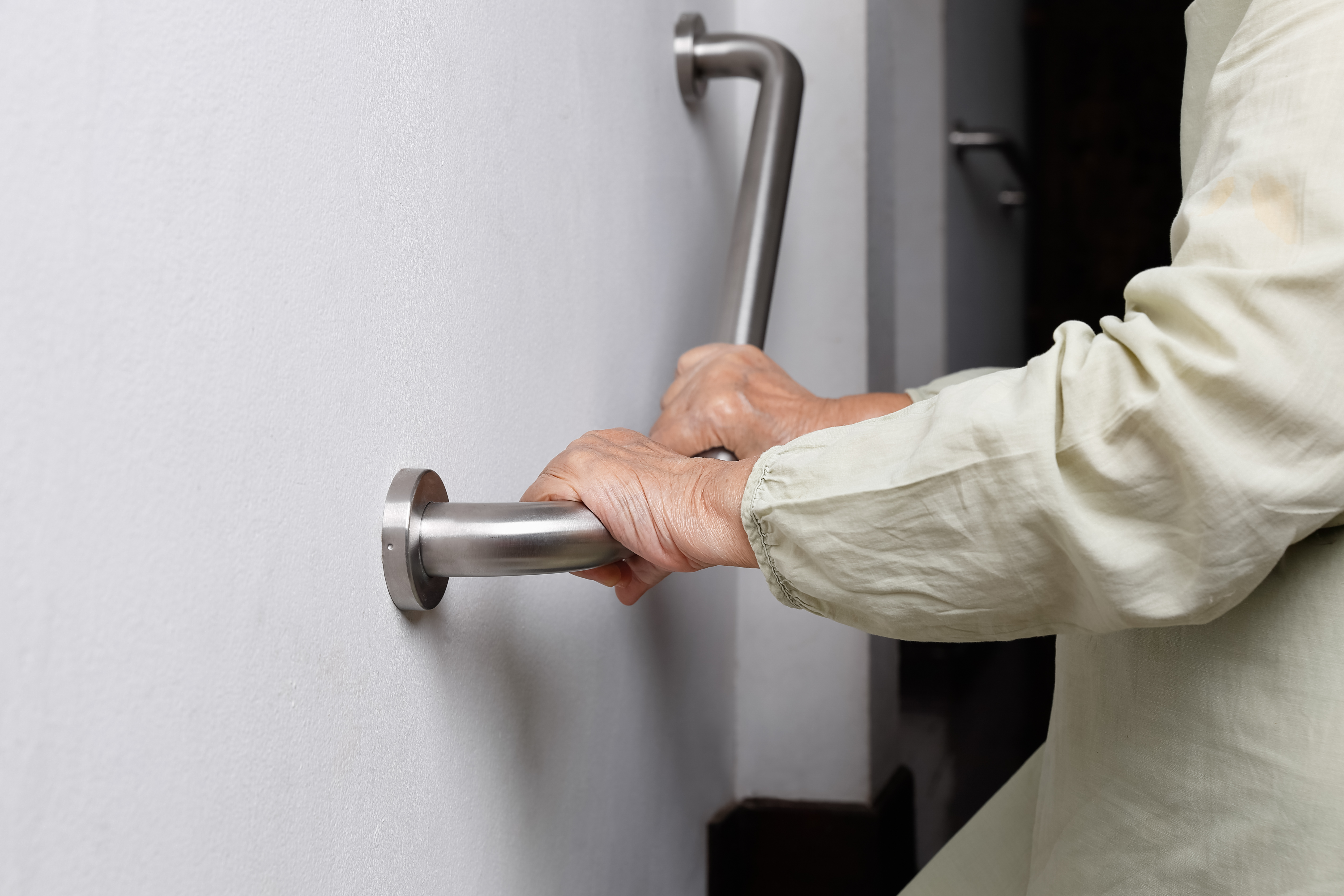AARP Hearing Center

It’s a familiar tale: An older adult lives independently. But health challenges creep up — and with them, medical visits and transportation needs. The roof leaks, the house needs cleaning, shopping becomes difficult. Costs mount.
Many older adults have to dig deep to handle the snowballing costs of aging in place.
“They spend down all their retirement savings. Sometimes, they sell homes,” says Cathleen MacCaul, AARP Washington advocacy director. “They’re basically left with a very minimal amount of fixed income — usually Social Security — and then they qualify for Medicaid.” It’s not ideal for them or for taxpayers.
Perhaps a “hub” could help.
AARP Washington and other advocates are talking with state legislators about setting up a system in which wellness and social services for older adults are arranged in the communities where they live. Mobile home parks or apartment complexes, for instance, could become hubs where low- to middle-income people are connected to services that help them stay at home and avoid institutional care. It would cost less than covering the expenses through Medicaid, MacCaul says.
The key is having coordinators where sizable numbers of older adults live, to assess their needs and arrange for services, says Alyssa Odegaard, vice president of public policy at LeadingAge Washington, a consortium of long-term care providers in the state.
Discussions on developing a hub model are in the early stages and include AARP Washington, state lawmakers and other stakeholders. Approving and setting up such a system would likely take three to five years, according to Odegaard and MacCaul. One key issue: working out what kind of funding — state, Medicare or private insurance — might pay for it.
—Rita Beamish































































